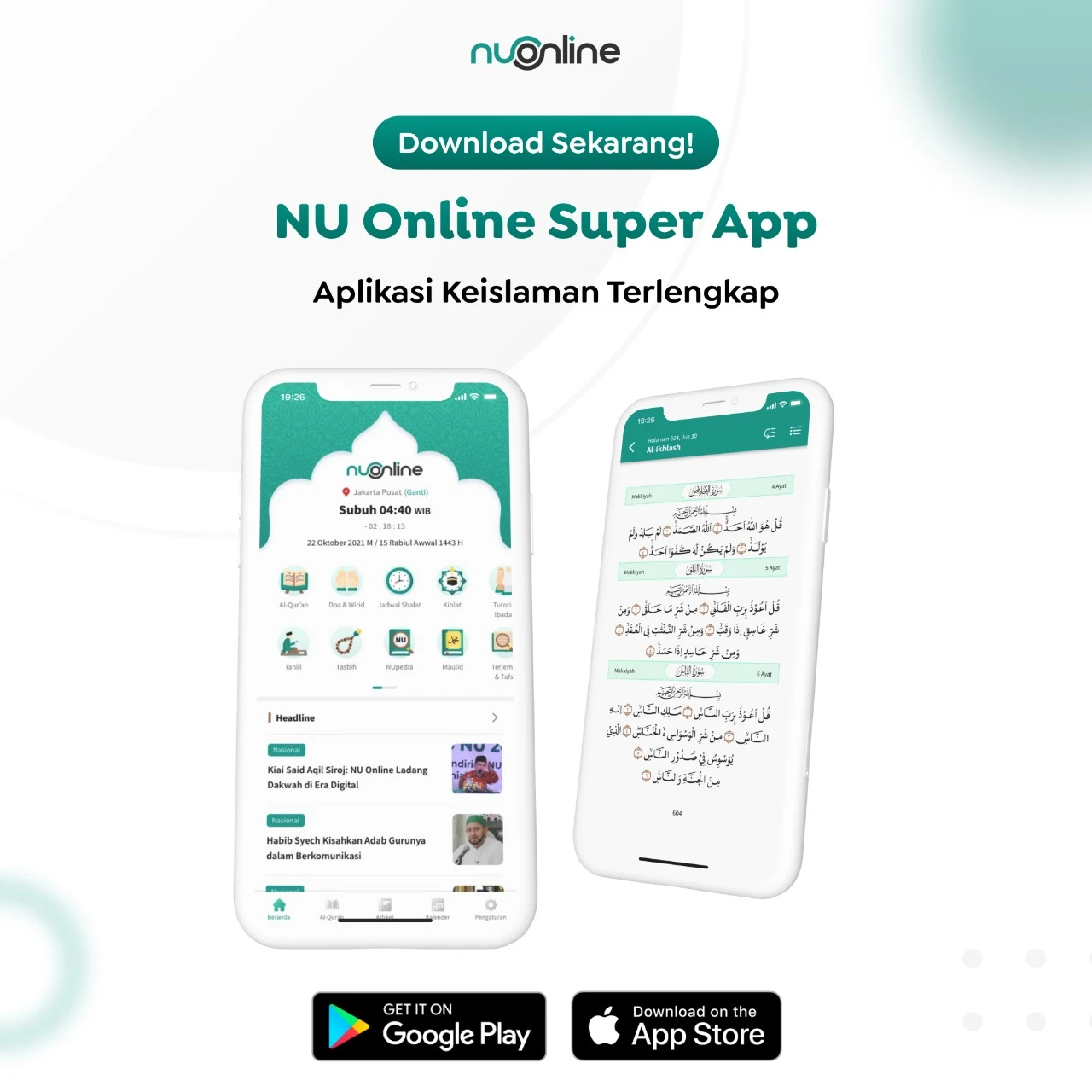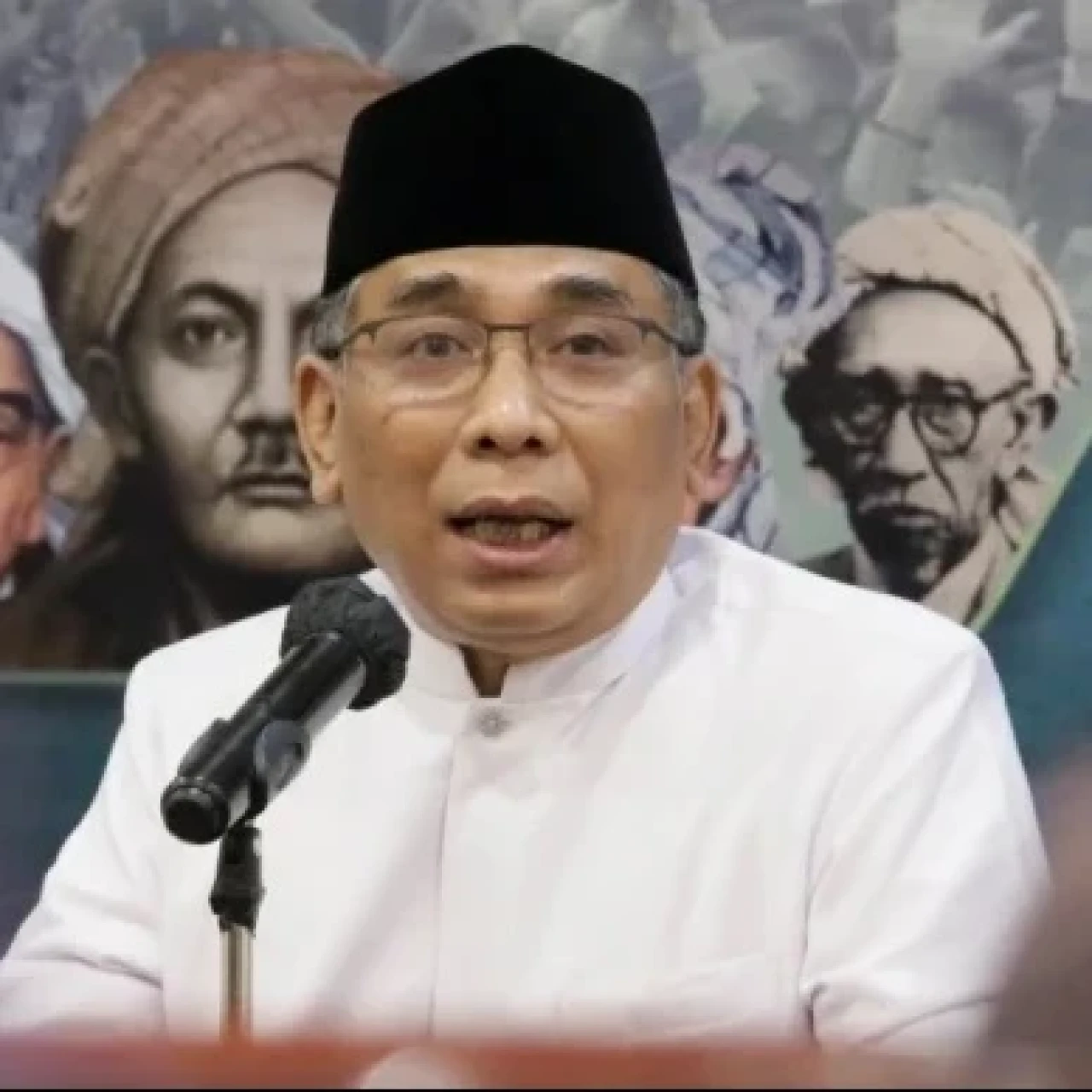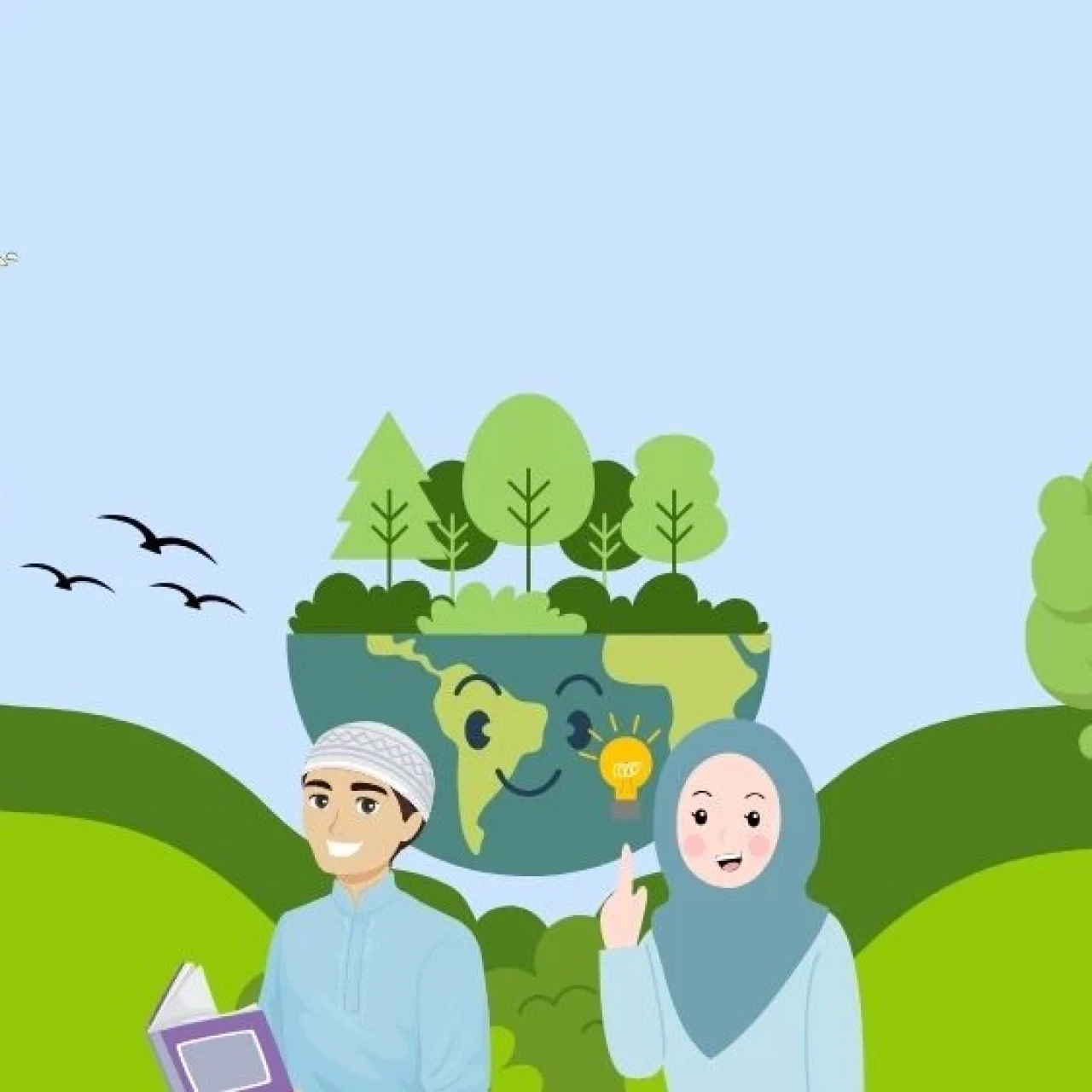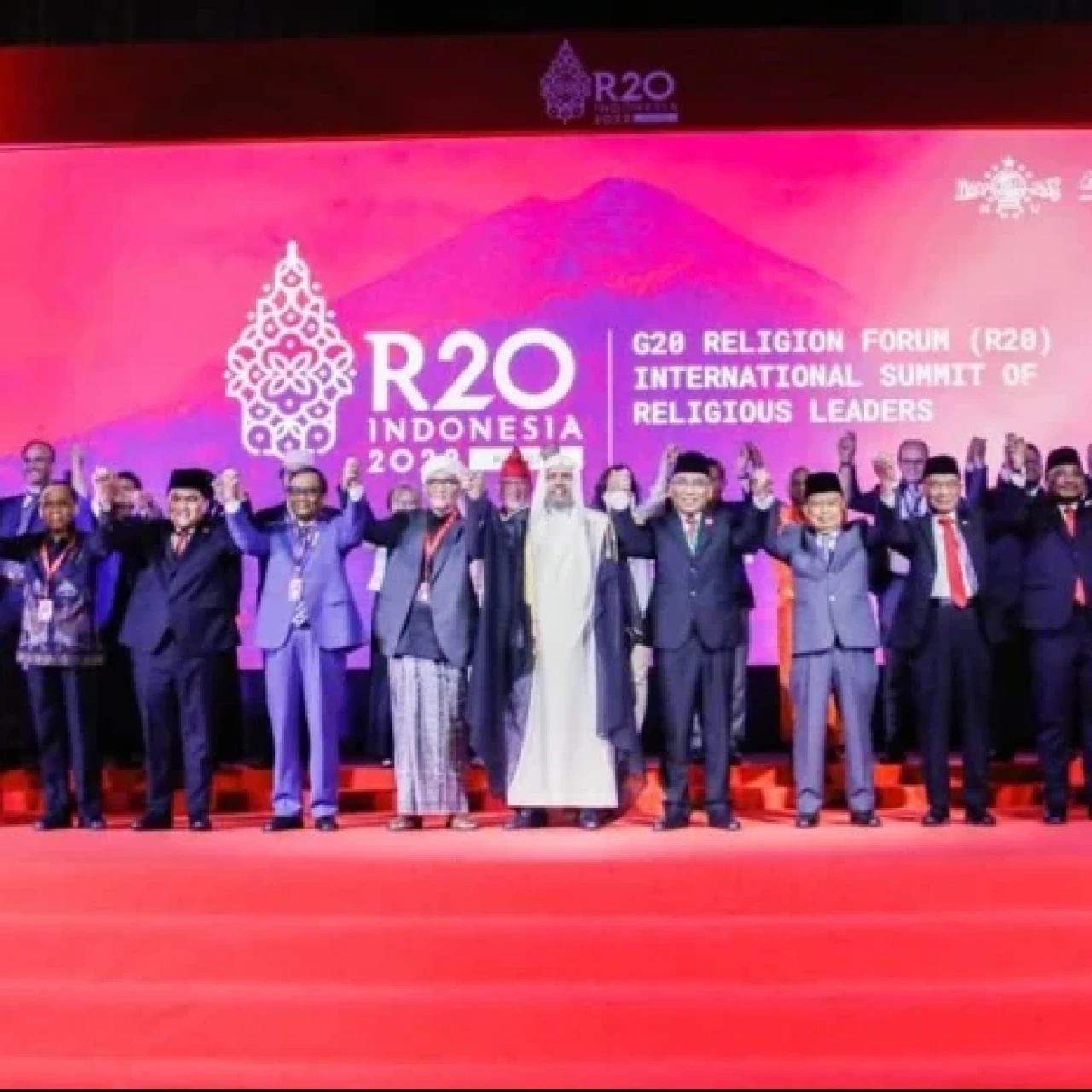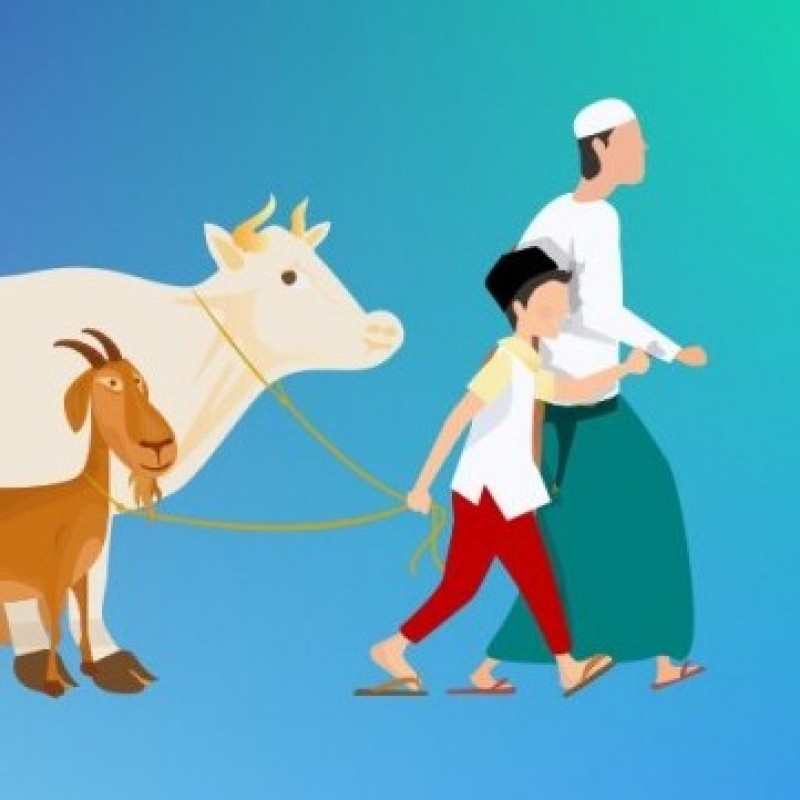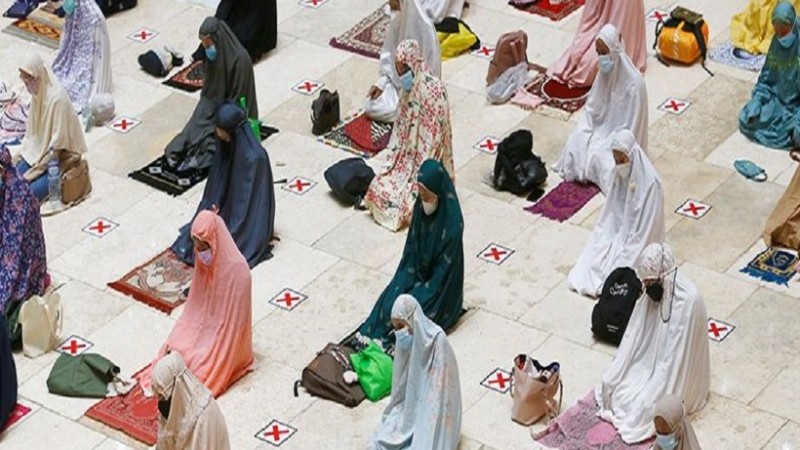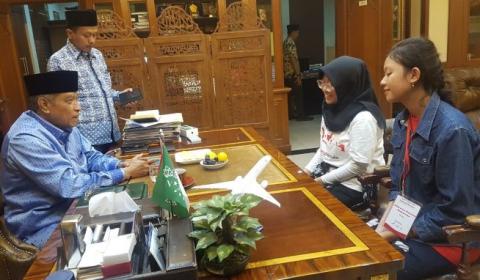Muharram, a time for building a tolerant Indonesia
NU Online · Rabu, 14 November 2012 | 04:07 WIB
By Donny Syofyan
Islamic New Year is coming. Unlike New Year of the Gregorian calendar, Islamic New Year is less popular in terms of its being a pleasurable event and great celebration. Even a lot of Muslims are apt to celebrate the latter in a joyous and gleeful manner and leave the former behind.<>
The true nature of Islamic New Year does not lie in a pretentious festival, but rests on how the Muslims reflect on its deep message. Muslims will not get the real picture of Hijri without taking its history into account.
Muslims must learn lessons from Prophet Muhammad’s migration (hijrah) from the holy city of Mecca to Medina in order to understand the true meaning of Hijri. Upon reaching Medina, Prophet Muhammad built a mosque, established the ties of brotherhood of the Muslims, and set up boundaries and agreements with other communities.
Medina society is one of the Prophet’s best legacies in terms of social organization. In Medina, followers of various faiths lived in peace. The Prophet respected Christians and Jews and their religions. When Muhammad was in Medina, a Christian delegation went to see him. At the meeting, the Prophet said, “You can hold your service in my mosque if you want.” The teaching that the Prophet promoted in Medina provided protection for minority groups and freedom to exercise their rights.
Indonesian leaders and politicians could make the Prophet a role model in their efforts to establish genuine engagement of diversities within this pluralistic society. By adopting the Medina Charter — a document from the era of the Prophet, wherein subscribers of all faiths, including Jews, were given freedom to exercise their belief — ruling authorities and elites must be confident of rooting out discrimination against non-Muslims.
Hijri should be defined as migrating from good to better. It is all about self-improvement. Hijri, then, is the perfect time to renew resolutions, not necessarily waiting for 2013.
Each person from all walks of life has his or her own experience. A teacher will think about how the scholars and teachers of Medina taught the youngsters there. A housewife may compare her own life with how the sahabiah (the Prophet’s female companions) built the new generations of Muslims whose qualities were like those of Muslim heroes such as the son of Asma bint Abu Bakr. The leaders of the government agencies in this country would likely think about how the companions managed the authority and power in Medina that later reached far-flung areas.
Only by responding to that question can Indonesians formulate how they should build a Medina of their own. This would be the real Hijri of Indonesian Muslims. When elements of Indonesian Muslims stop learning from Medina, and become satisfied with mere ceremonies to celebrate the coming of the first Muharram, stagnation will reign instead.
Though the Muslims are unfamiliar with Islamic New Year, the government and Muslim organizations should march shoulder-to-shoulder to raise awareness of the importance of Hijri. The government needs to be more involved in showing support to major religious celebrations in the Islamic calendar.
For that purpose, local and national media could show support in preserving the sanctity of the religion. For instance, paying more attention to TV programs showing the story of young Muslim entrepreneurs who succeeded in building their own business ventures in line with Sharia-based requirements, such as Mudaraba — profit and loss sharing, is much better instead of broadcasting seemingly religious entertainment programs which are in fact superficial.
It is certainly pleasing to know that Indonesia is growing into a worshipful society, noting how the congregation of mosques is laden with young people. Yet it is inadequate without extensive tribute to the country’s history and culture. Muslims with strong sense of hijrah should explore every avenue to appreciate their own identity without falling into rigid Islamization. Indonesian Muslims aspiring to develope an Indonesian Medina need to preserve their own culture; traditional outfits, puppet shows, or local arts which are often mischaracterized as heretical and contrary to Islam.
Medina society is a society that places fear of God and obedience toward Him as the ultimate life priority on one side and is marked by openness, tolerance, and respect for diversities on the other. There is a long road to go in this country. We wish the new moon of Muharram be a portent of relief, divine relieve, and point of return for all Muslims and, thereby, all humanity.
The writer, a graduate of University of Canberra, Australia, is a lecturer of the Faculty of Cultural Sciences at Andalas University.
Terpopuler
1
Mustasyar, Syuriyah, dan Tanfidziyah PBNU Hadir Silaturahim di Tebuireng
2
Khutbah Jumat: Kerusakan Alam dan Lalainya Pemangku Kebijakan
3
Pesantren Tebuireng Undang Mustasyar, Syuriyah, dan Tanfidziyah PBNU untuk Bersilaturahmi
4
Khutbah Jumat: Mari Tumbuhkan Empati terhadap Korban Bencana
5
KH Said Aqil Siroj Usul PBNU Kembalikan Konsesi Tambang kepada Pemerintah
6
20 Lembaga dan Banom PBNU Nyatakan Sikap terkait Persoalan di PBNU
Terkini
Lihat Semua


